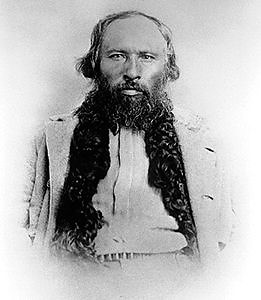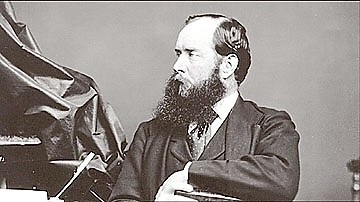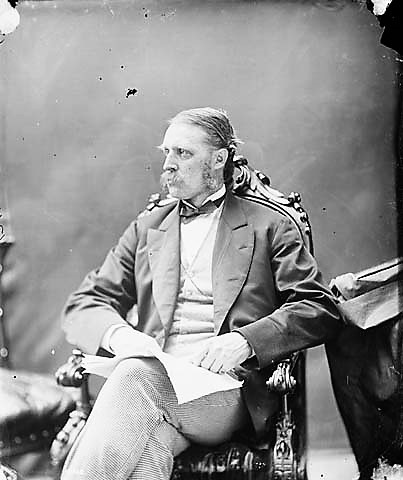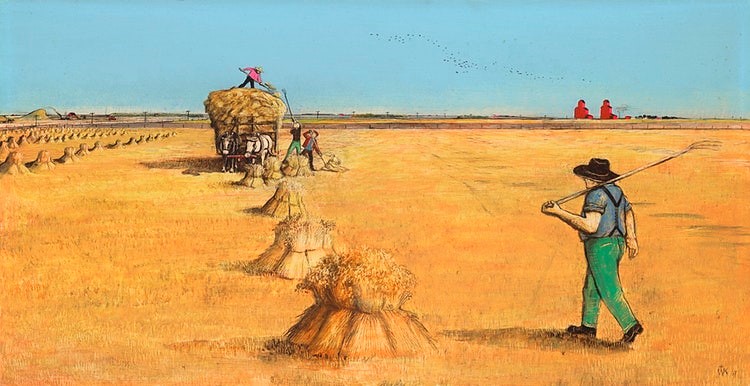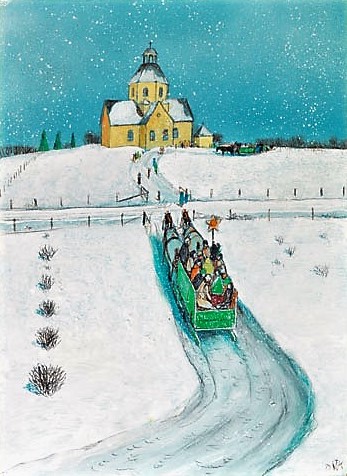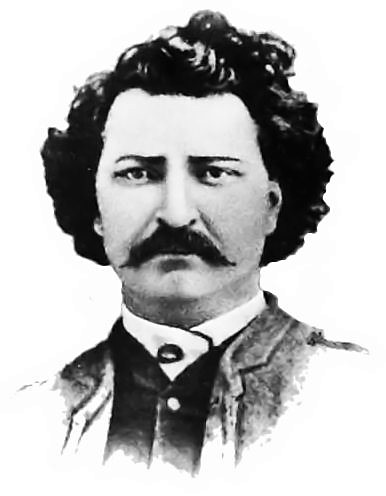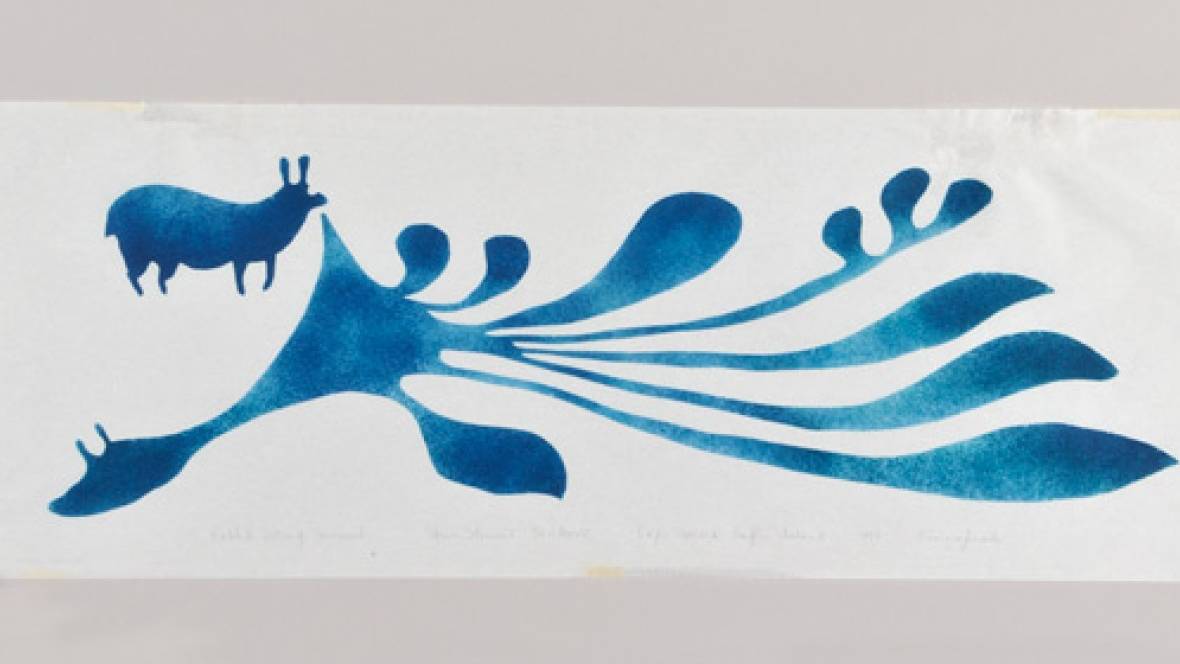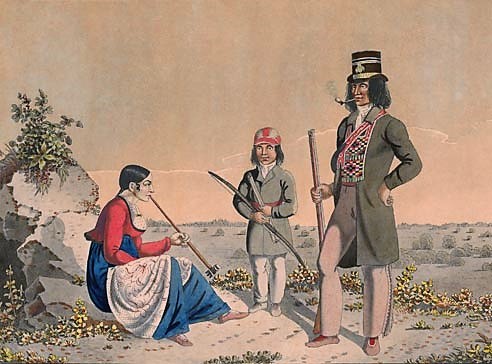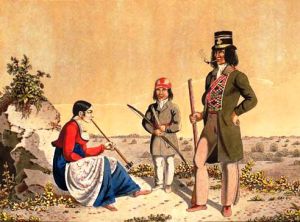Tags
Gabriel Dumont, Great Ministry, John Ralston Saul, Joseph Boyden, Louis Riel, Louis-Hippolyte Lafontaine, Red River Colony, Robert Baldwin

Franklin Carmichael was a member of the Group of Seven (Art, Canada)
Dear Readers,
I have not published a post for several days. I was diagnosed with pericarditis earlier in the month of October and got better after taking anti-inflammatory medication. However, the diagnostic was not entirely correct. The pain came back. I therefore returned to the Emergency Room. The muscles of my rib cage and part of my left arm are inflamed. I can barely use my left arm. Doctors performed an electrocardiogram today. My heart is fine, but the inflammation is very real.
Posts
I had returned to the subject of Canadian confederation. Canadian scholar and thinker, John Ralston Saul, wrote an excellent book on the “great ministry” of Louis-Hippolyte LaFontaine and Robert Baldwin. The book is entitled Louis-Hippolyte LaFontaine and Robert Baldwin. www.amazon.ca/Extraordinary-Canadians-Hippolyte-Lafontaine-Robert/dp/0670067326. The book was published in 2010. Other extraordinary Canadians are Gabriel Dumont and Louis Riel. We have a post entitled A Métis Leader, Gabriel Dumont. Joseph Boyden wrote a book on Dumont and Louis Riel. Extraordinary Canadians: Gabriel Dumont and Louis Riel.
Confederation played itself out around Winnipeg (the Earl of Selkirk’s Red River Colony). Louis Riel formed a government and intended for Manitoba to remain bilingual and multicultural. His government condemned to death a violent young man, Thomas Scott, an Orangeman, from Ontario. Louis Riel’s government would not be recognized. So, the execution of Thomas Scott would cost Riel his life. As for the Métis of Manitoba, many had moved west to Saskatchewan hoping they could build lots on each side of a river. Gabriel Dumont had moved west, but he and other Métis could not settle along a river. Dumont went to see Louis Riel, who then lived in the United States. He sought his help. Dumont did not know Riel.
Louis Riel’s view of Canada is not unlike to John Ralston Saul. Saul does not ignore John A. Macdonald, the main father of Confederation, but Canada was not born in 1867, when Confederation was signed. It was the product of the “Great Ministry” and that of a unified country longing for a responsible government, which it was granted in 1848.
John A. Macdonald sent Amerindians to reserves and their children to Residential Schools where many were molested and died. As for French-speaking Canadians, after Confederation, they could not be educated in their mother tongue outside Quebec. John A. Macdonald attempted to assimilate both Amerindians and French-speaking Canadians.
At the time of Confederation, the Red River Colony was bilingual and multicultural. It was a miniature portrait of what Canada could have been and became, officially, after the Official Languages Act of 1969. The Red River Colony, or Fort Garry, the future Winnipeg, had been bought from the Hudson’s Bay Company by the Earl of Selkirk, Thomas Douglas 5th Earl of Selkirk. It was not part of Rupert’s Land. When Confederation was signed, half the people of Manitoba were francophones and the other half, anglophones. However, one hundred and two years after Canadian Confederation (1867), most Canadians living west of Quebec spoke English only. Fortunately, there are realities of the mind that override a seemingly more verifiable “reality.” There have been extraordinary Canadians. They shaped Canada.
John A. Macdonald wanted Canada to stretch from East to West and built a railroad. He was able to do so after Canada purchased Rupert’s Land from the Hudson’s Bay Company.
But Canada started earlier than Canadian Confederation. It started during the “great ministry” of Baldwin and LaFontaine and may have started earlier. In other words, there were extraordinary Canadians who took Canada forward despite colonialism and/or imperialism, and Confederation. French Canadian nationalism dates back to the early 1800s and it had English-speaking supporters. The Rebellions of 1837-1838 occurred in both Upper Canada and Lower Canada.
RELATED ARTICLES
- The Métis in Canada (4 June 2015)
- The Red River Settlement (30 May 2015)
- Canada’s Amerindians: Enfranchisement (24 May 2015)
- Residential Schools for Canada’s Amerindians (21 May 2015)
- The Art of Kenojuak Ashevak (19 May 2015)
- Inuit Art (17 May 2015)
- Au pays des jours sans fin (16 May 2015)
- The North West Rebellion, concluded (15 May 2015)
- Aboriginals in Canada (14 May 2015)
- A Métis Leader, Gabriel Dumont (10 May 2015)
- From the Red River Rebellion to the North West Rebellion (8 May 2015)
- The Royal Proclamation of 1763 (Indigenous Foundations) (6 May 2015)
- The Métis in Canada (4 June 2015)
- Louis Riel as Father of Confederation (22 May 2012)
Sources and Resources
Extraordinary Canadians: Louis Hippolyte Lafontaine and Robert Baldwin : Saul, John Ralston: Amazon.ca: Livres
Extraordinary Canadians: Louis Riel and Gabriel Dumont: A Penguin Lives Biography : Boyden, Joseph: Amazon.ca: Livres
Louis-Hippolyte Lafontaine et Robert Baldwin – Saul John Ralston – 9782764621264 | Catalogue | Librairie Gallimard de Montréal (gallimardmontreal.com)
Love to everyone 💕
Featured Video of the Day: Joseph Boyden on Louis Riel and Gabriel Dumont

© Micheline Walker
28 October 2021
WordPress


